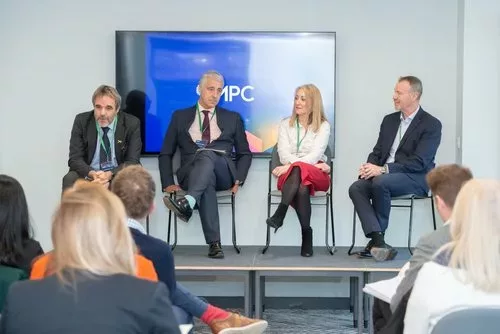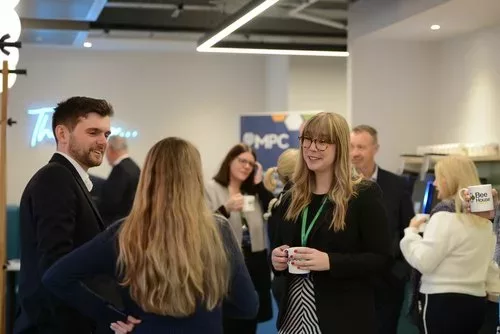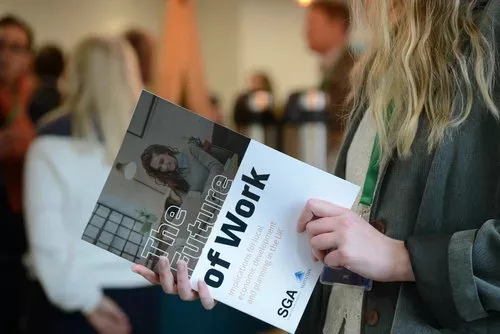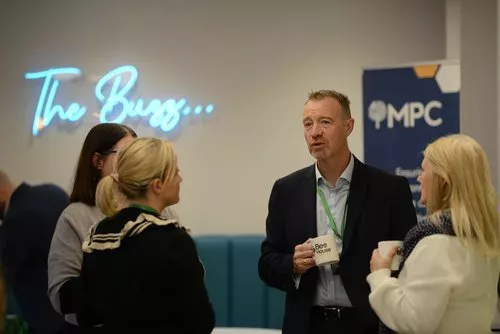Understanding the future of work is fundamental to quality placemaking.
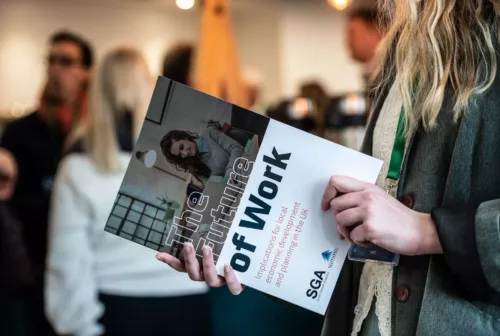
What does the ‘future of work’ look like? This question was the central focus of the Oxfordshire-Buckinghamshire Future of Work Symposium Meeting Place held last week at Milton Park’s flexible workspace, the Bee House.
The event kicked off with a hugely insightful presentation from Jim Plunkett-Cole from Smart Growth Analytics, who as an economist was one of the first in the UK to spot national trends in the professionalisation of occupations and, pre-pandemic, the burgeoning growth of homeworking and coworking.
While many of us tend to think of working from home as a new phenomenon, which to a large extent is true, Jim’s presentation helped to highlight other pre-pandemic trends in business and employment driving change. Indeed, the pandemic was only one of a number of key drivers of the future of work.
Looking at the implications of such change for the built environment, the event also saw presentations from Lewis Knight at Bioregional on the impact of homeworking and coworking in terms of sustainability. Meanwhile, planning consultant Adrian Colwell explored some of the policy tools needed to help realise the potential of the changes we’re seeing to working patterns.
An expert panel featuring Nigel Tipple (OxLEP), Sarah Haywood (Advanced Oxford), Richard Harrington (Buckinghamshire LEP) and Lord Matthew Taylor then reflected on what the Future of Work means for the spheres they operate in. There was a consensus among the panellists about what needs to be done across Oxfordshire and Buckinghamshire to promote sustainable growth and secure a better future for generations to come. More affordable homes, better connectivity and ultimately stronger collaboration were identified as being key ingredients to success.
It’s difficult to think about wider societal changes without trying to put them into the context of our own lives. At Meeting Place, for example, we remain proudly ‘office-less’. As I have come to discover since joining Meeting Place two months ago, this doesn’t mean we are working from home five days a week.
Nor are we ‘hybrid working’. We are part of the growing number of people who are probably best described by the term ‘tribrid working’ – a mix of working from home, working from flexible workspace near home, travelling to sites and client meetings, and getting together as a larger regional team for an office hub day every month or so.
If placemaking is to be truly successful, the built environment should be reflective of the society it exists within, both now and for years to come. Looking at current and projected future trends not only in demographics, but in the ways people live their day-to-day lives, will therefore continue to be a fundamental part of the conversation.
